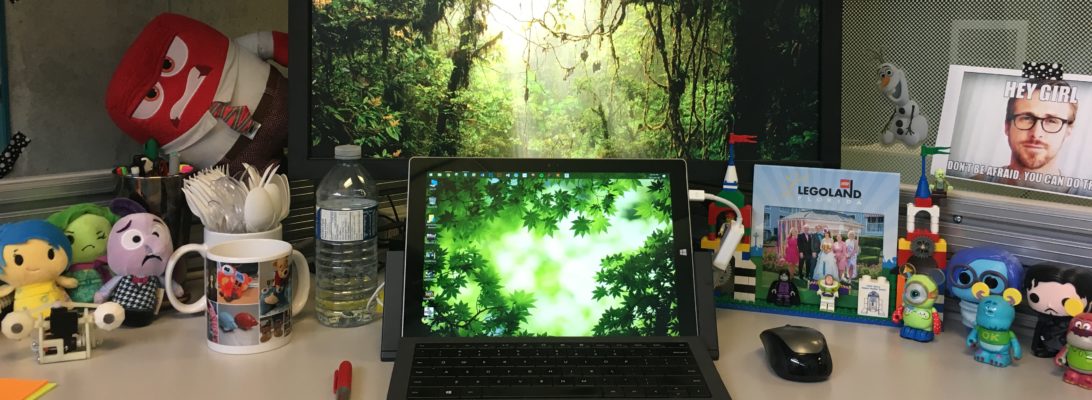The article is available here.
Abstract:
The ubiquity and mobility of contemporary computing devices has enabled users to consume content, anytime, anywhere. Yet, when we need to create content, touch input is far from perfect. When coupled with touch input, the stylus should enable users to simultaneously ink, manipulate the page, and switch between tools with ease, so why has the stylus yet to achieve universal adoption? The author’s thesis sought to understand the usability barriers and tensions that have prevented stylus input from gaining traction and reaching widespread adoption. This article in particular explores the limits of human latency perception and evaluates solutions to unintended touch.


